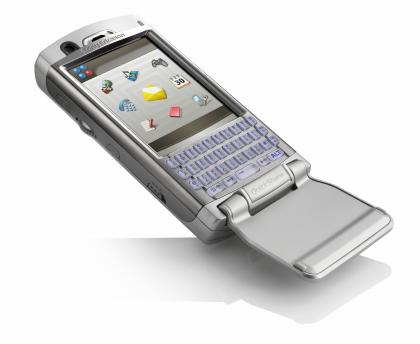Hi,
I have a Sify Broadband connection at home. And I have a Net Gear wireless router. So now we have 4 laptops at home and all of them are connected. Plus I have a friend staying 2 floor above me(I stay on 6th and he stays on 8th) sometimes even he gets connected quite easily.
Problems:
1. Sify has a mac address registered. So when you take a connection for your laptop, Sify registers your laptops Mac address. A wireless router has a different Mac address so doesn’t work.
2. Logging in is a problem so sometimes you have to log in directly with your laptop and then connect your laptop to your router and the router to the external connection.
3. Sify needs a static IP. If you want all your laptops to be connected, you will have to go to dynamic IP once you are connected.
Resolutions
1. Call your Sify personal and ask him to set up your connection for a new Mac address of the router.
2. Go direct and log in. that means you will have to go static IP first, log in and then connect the router and go dynamic IP.
3. Your laptop for which the connection was taken will be the server and which will provide internet to all other machines. This also means you will have to stay connected with the wire while others enjoy a wireless connectivity. One of the machines have to be physically connected to the router as long as the internet is needed.
Switching from dynamic IP to Static IP and back is cumbersome. So I have written 2 batch files for the same.
“Static.bat” changes to static IP. Change the static IP in the file to the IP you require.
----Static.bat-----------------------------------------------------------------------------------
netsh interface ip set address name="Local Area Connection" static 10.14.65.11 255.255.255.0 10.14.65.1 1
netsh interface ip set dns "Local Area Connection" static 202.144.105.4 primary
exit
-------------------------------------------------------------------------------------------------
“Dynamic.bat” changes the machine to dynamic IP. No change is required in this file.
----Static.bat-----------------------------------------------------------------------------------
netsh interface ip set address "Local Area
Connection" dhcp
netsh interface ip set dns "Local Area
Connection" dhcp
exit
-------------------------------------------------------------------------------------------------
Hope this helps.














